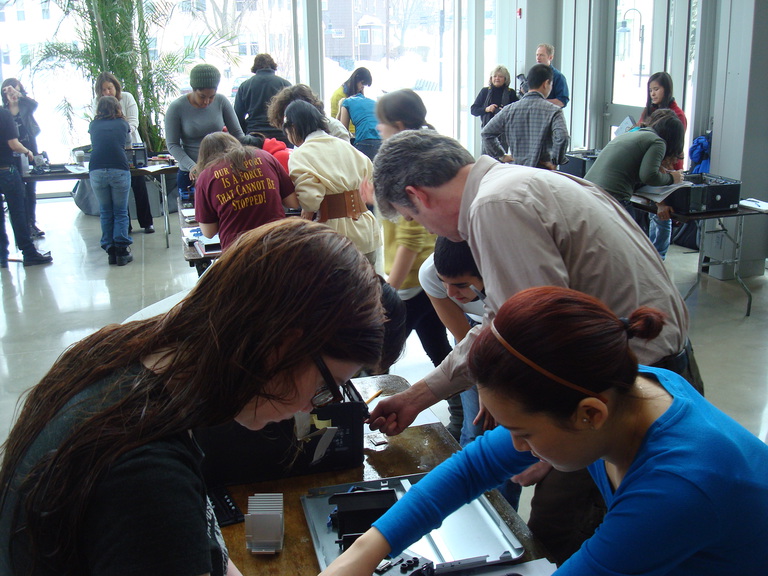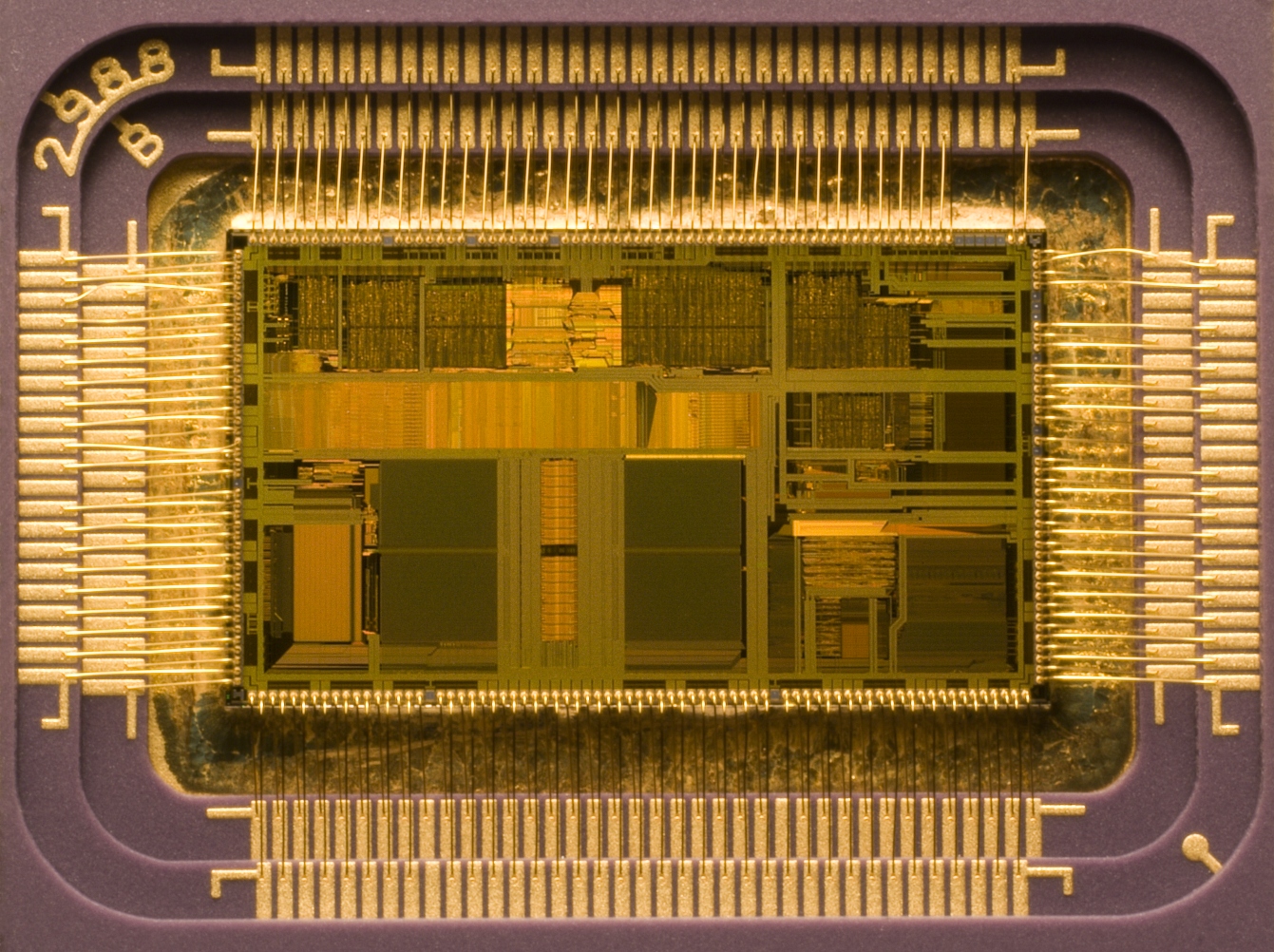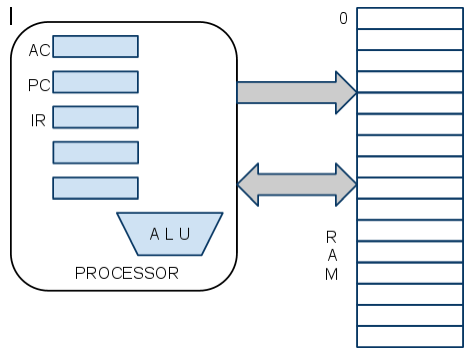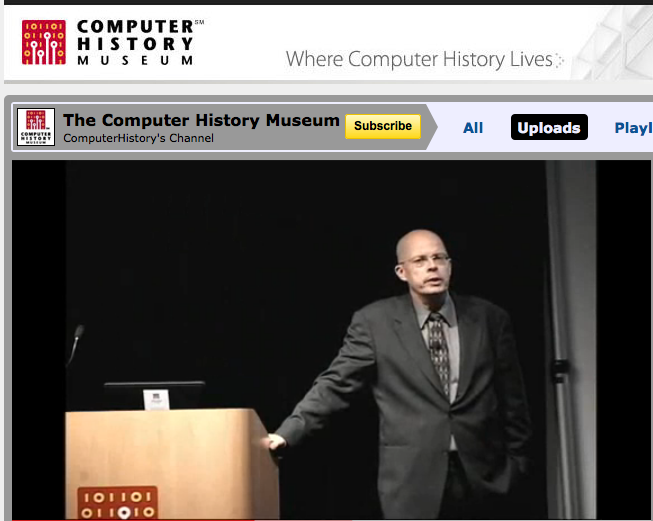Difference between revisions of "CSC103 Schedule 2011"
(→Weekly Schedule) |
|||
| (20 intermediate revisions by the same user not shown) | |||
| Line 224: | Line 224: | ||
*** Grier video: What is the importance of Halley's comet? | *** Grier video: What is the importance of Halley's comet? | ||
*** At some point there is a graph showing humans as part of a graph. Most cost effective (cheap) option for computations. Have you heard of Amazon's "Mechanical Turk"? What is it? How is that related to the video? | *** At some point there is a graph showing humans as part of a graph. Most cost effective (cheap) option for computations. Have you heard of Amazon's "Mechanical Turk"? What is it? How is that related to the video? | ||
| − | *** How are canons | + | *** How are canons connected to the main story? |
<br/> ([[CSC103 Questions on Computer History videos|handout]]) | <br/> ([[CSC103 Questions on Computer History videos|handout]]) | ||
| + | * '''Friday''' | ||
| + | ** [[CSC103 2011 Take-Home Final Exam| Final Exam]] | ||
---- | ---- | ||
---- | ---- | ||
| − | * [[CSC103 2011 Homework 4 | Homework #4 ]] <font color="magenta"><=== will due Monday March 7</font> | + | * [[CSC103 2011 Homework 4 | Homework #4 ]] <font color="magenta"><=== will due Monday March 7</font> [[CSC103 Homework 4 Solutions | Solutions]] |
* [[CSC103 Lab 4 2011 | Lab #4]] and [[CSC103 Lab 4 Solution 2011 | Solution programs]] | * [[CSC103 Lab 4 2011 | Lab #4]] and [[CSC103 Lab 4 Solution 2011 | Solution programs]] | ||
|| | || | ||
| Line 238: | Line 240: | ||
* '''Monday''' | * '''Monday''' | ||
** Limits of what computers can and cannot do | ** Limits of what computers can and cannot do | ||
| + | ** [http://cs.smith.edu/~thiebaut/misc/LimitsOfComputation.pdf Moore's Law and Von Neumann], class presentation on Moore's Law and Von Neumann's architecture. ([http://cs.smith.edu/~thiebaut/misc/LimitsOfComputation_CSC103_Thiebaut.mov Quicktime]) | ||
| + | ** [[Media:vonNewmannEdvac.pdf | First Draft of a Report on the EDVAC]] by John von Neumann. | ||
| + | ** [http://www.nytimes.com/2011/03/01/science/01compute.html?_r=1 Remapping Computer Circuitry to Avert Impending Bottlenecks], by John Markoff, NYT 3/2/11 ([[Media:RemappingComputerCircuitryNYT030211.pdf | pdf]]) | ||
* '''Wednesday''' | * '''Wednesday''' | ||
| + | ** [[CSC103 Quiz 2011 | Quiz]] | ||
** Class discussion: The singularity | ** Class discussion: The singularity | ||
| − | ** | + | <br /> |
| + | <videoflashright>1uIzS1uCOcE</videoflashright> | ||
| + | <br /> | ||
| + | <videoflashright>IfbOyw3CT6A</videoflashright> | ||
| + | <br /> | ||
| + | <br /> | ||
| + | <br /> | ||
| + | <br /> | ||
| + | <br /> | ||
| + | <br /> | ||
| + | <br /> | ||
| + | <br /> | ||
| + | <br /> | ||
| + | <br /> | ||
| + | <br /> | ||
| + | <br /> | ||
| + | <br /> | ||
| + | <br /> | ||
| + | <br /> | ||
| + | <br /> | ||
| + | <br /> | ||
| + | <br /> | ||
| + | <br /> | ||
| + | <br /> | ||
| + | [[Image:FoodForThought.jpg|right|130px]] | ||
| + | * Food for thought: | ||
| + | ** [[Information_about_the_Singularity | Additional articles]] on the issue of the Singularity (including IEEE Spectrum issue on the subject). | ||
| + | ** [http://www.ted.com/talks/susan_blackmore_on_memes_and_temes.html Susan Blackmore's] TED talk on Memes and Temes. | ||
| + | <br /> | ||
| + | <br /> | ||
| + | <br /> | ||
| + | <br /> | ||
| + | <br /> | ||
| + | <br /> | ||
| + | <br /> | ||
| + | <br /> | ||
| + | <br /> | ||
| + | <br /> | ||
| + | <br /> | ||
---- | ---- | ||
| − | - | + | * [[CSC103 2011 Take-Home Final Exam| Final Exam]] |
| − | + | ||
|| | || | ||
| − | * | + | * [http://cs.smith.edu/~thiebaut/research/singularity/ieee_spectrum__signs_of_the_singularity.pdf Signs of the Singularity] by Vernor Vinge. |
| + | * [http://cs.smith.edu/~thiebaut/research/singularity/ieee_spectrum__can_machines_be_conscious.pdf Can Machine Be Conscious?], Christof Koch and Giulio Tononi. | ||
| + | |||
<!-- ================================================================== --> | <!-- ================================================================== --> | ||
|- style="background:#ffeecc" valign="top" | |- style="background:#ffeecc" valign="top" | ||
Latest revision as of 09:01, 22 April 2011
--D. Thiebaut 08:44, 7 January 2011 (EST)
Prof
|
Dominique Thiébaut email |
Weekly Schedule
| Week | Topics | Reading |
| Week 1 1/24 |
|
|
| Week 2 1/31 |
|
|
| Week 3 2/7 |
|
Please watch the following videos before the lab on 2/7! |
| Week 4 2/14 |
|
|
| Week 5 2/21 |

|
|
| Week 6 2/28 |
|
|
| Week 7 3/7 |
|
|
| Week 8 3/14 |
 |
|
Wiki pages
Click here to access the class Wiki pages.
Additional Resources
- IEEE Special Issue on Singularity
- Stock pictures
- Javascript Resources
- Tutorials and examples of Javascript code. Type in the code and see its effect directly on the same page.







